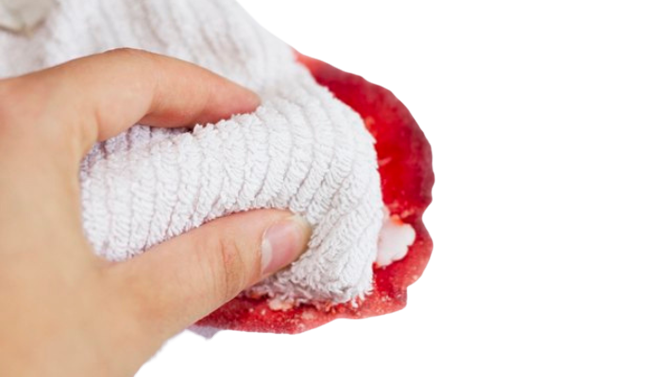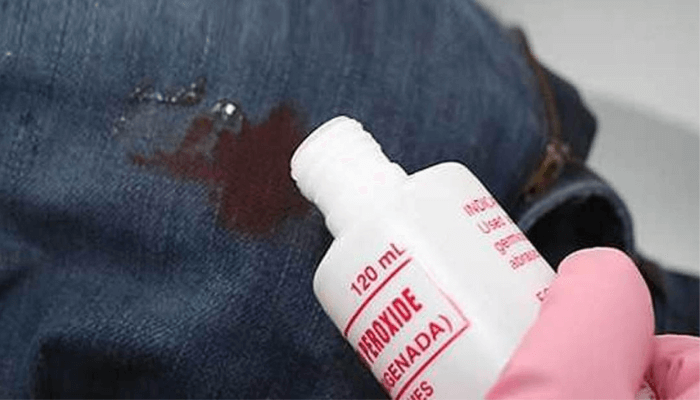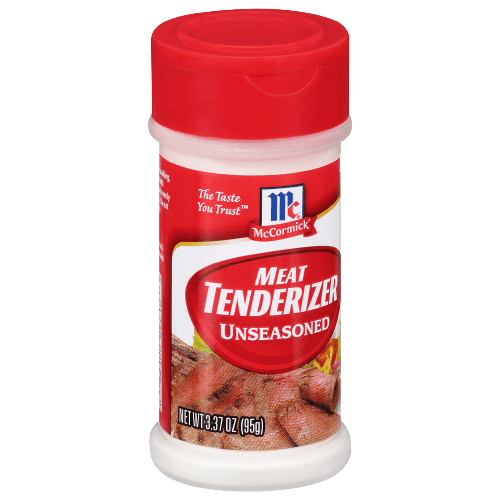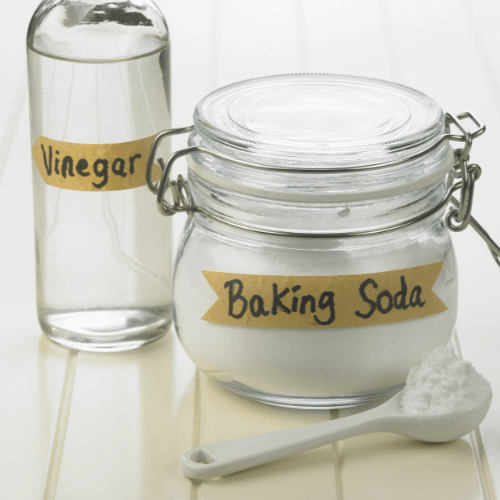
Be it a small cut or a nosebleed, blood stains can be stubborn and is difficult to remove blood from clothes. But worry not, for we have compiled a complete and thorough article to help you tackle these stains effectively and restore your clothes to their original state.
Understanding Blood Stains
Before diving into the various methods to remove blood stains, it’s crucial to understand the composition of blood. The proteins in blood, such as hemoglobin and fibrinogen, are what make blood stains particularly stubborn.
Pre-Treatment Tips
- Act fast: The sooner you address the stain, the easier it will be to remove. Fresh blood stains are easier to tackle than dried ones.
- Never use hot water: Hot water can set blood stains, making them even more difficult to remove. Always use cold water when treating blood stains.
- Blot, don’t rub: Gently blot the stained area with a clean cloth or paper towel to absorb excess blood. Rubbing can push the stain deeper into the fabric.
Methods for Removing Blood Stains
Cold Water
- Rinse the stained area with cold water to remove as much blood as possible.
- Soak the garment in a basin of cold water for at least 30 minutes.
- Gently rub the stained area with your fingers or a soft brush to loosen the blood.
- Rinse the garment and check the stain. If it’s still visible, repeat the process.
Hydrogen Peroxide

- Apply a small amount of 3% hydrogen peroxide to the stain.
- Allow the hydrogen peroxide to bubble and break down the blood proteins for about 5 minutes.
- Rinse the garment with cold water and repeat if necessary.
- Launder the garment as usual.
Note: Hydrogen peroxide may bleach certain fabrics. Always test on an inconspicuous area first.
Salt and Ammonia
- Create a solution by mixing 1 tablespoon of salt with 1 cup of cold water.
- Soak the stain in the saltwater solution for 30 minutes.
- Rinse the garment and apply a few drops of ammonia to the stain.
- Rinse the garment again with cold water and launder as usual.
Meat Tenderizer

- Create a paste by mixing equal parts meat tenderizer powder and cold water.
- Apply the paste to the stained area and let it sit for 30 minutes.
- Rinse the garment thoroughly with cold water.
- Launder the garment as usual.
Note: Meat tenderizer contains enzymes that break down proteins, making it effective for blood stain removal. However, meat tenderizer isn´t suitable for delicate fabrics like silk or wool.
Baking Soda and Vinegar

- Create a paste by mixing 2 parts baking soda with 1 part cold water.
- Apply the paste to the stained area and let it sit for 20 minutes.
- Gently scrub the stain using a soft brush or cloth.
- Rinse the garment with cold water.
- If the stain persists, apply white vinegar to the area and let it sit for 10 minutes before rinsing.
Enzyme Cleaners
- Apply an enzyme-based stain remover or laundry detergent to the stained area. Enzyme cleaners are specifically designed to break down proteins, making them ideal for blood stains.
- Allow the cleaner to work for at least 15 minutes.
- Rinse the garment with cold water.
- Launder the garment as usual, following the care label instructions.
Additional Tips for Blood Stain Removal
- Inspect the garment before drying: After washing, check the stained area to ensure the blood stain is completely gone. Drying the garment can set any remaining stain, making it difficult to remove later.
- Use a pre-treatment stain remover: If the stain is particularly stubborn, consider using a pre-treatment stain remover specifically designed for blood stains. These products can be applied before laundering to help break down the stain.
- Consider professional cleaning for delicate fabrics: If the stained garment is made of delicate fabric like silk or wool, it may be best to seek the help of a professional cleaner to avoid damaging the fabric.
Preventing Future Blood Stains
While it’s not always possible to avoid blood stains, there are a few precautions you can take to minimize their occurrence:
- Keep a first-aid kit handy: Having bandages and antiseptic wipes readily available can help you treat cuts and injuries quickly, reducing the risk of blood stains on your clothes.
- Carry stain-removal wipes: Keep a pack of stain-removal wipes in your bag or car to address stains as soon as they happen.
- Wear dark colors when engaging in activities that may cause injury: If you’re participating in sports or other activities where cuts and scrapes are likely, consider wearing dark-colored clothes to make stains less visible.
By following the methods outlined in this article, you’ll be well-equipped to remove blood from your clothes and restore them to their original state. With a bit of patience and the right techniques, even the most stubborn blood stains can be conquered.
FAQ
Act fast, as fresh blood stains are easier to remove than dried ones. Blot the stained area gently with a clean cloth or paper towel to absorb excess blood, but avoid rubbing, as it can push the stain deeper into the fabric.
Hot water can set blood stains, making them more difficult to remove. Cold water is effective in breaking down blood proteins and preventing the stain from setting further into the fabric.
Hydrogen peroxide may bleach certain fabrics. Before using it to remove blood stains, test it on an inconspicuous area of the garment to ensure it doesn’t cause discoloration.
No, meat tenderizer is not suitable for delicate fabrics like silk or wool. It contains enzymes that break down proteins, making it effective for removing blood stains, but it can damage delicate fabrics.
Enzyme cleaners contain enzymes that break down proteins, which are a primary component of blood stains. These enzymes help to dissolve the blood proteins, making it easier to remove the stain from the fabric.
If the stain persists after using one of the methods mentioned in the article, consider using a pre-treatment stain remover specifically designed for blood stains, or try another method. Make sure to check the stained area before drying the garment, as heat can set the remaining stain, making it difficult to remove later.
If the stained garment is made of delicate fabric like silk or wool, it’s best to seek the help of a professional cleaner to avoid damaging the fabric. Additionally, if you’ve tried multiple methods without success, a professional may have more advanced techniques for stain removal.






